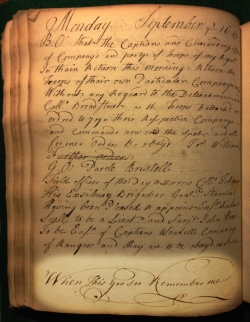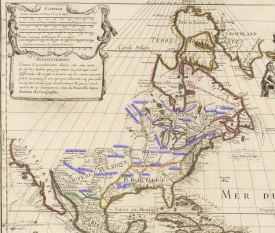Zara Anishanslin, Portrait of a Woman in Silk: Hidden Histories of the British Atlantic World. New Haven: Yale University Press, 2016.
 A silk worm begins wrapping itself round in a cocoon, encasing itself in its fiber. Faceless hands unravel the cocoon, turning it into a single linear thread, the thread then woven together with other linear threads unraveled by other faceless hands until all the threads, warped and wefted, form a connected fabric. Finally, completing the circle, a woman poses for a portrait, wrapped up in yard upon yard of silk, another body encased and shrouded.
A silk worm begins wrapping itself round in a cocoon, encasing itself in its fiber. Faceless hands unravel the cocoon, turning it into a single linear thread, the thread then woven together with other linear threads unraveled by other faceless hands until all the threads, warped and wefted, form a connected fabric. Finally, completing the circle, a woman poses for a portrait, wrapped up in yard upon yard of silk, another body encased and shrouded.
It’s a fitting prologue and introduction to Zara Anishanslin’s Portrait of a Woman in Silk, a study in—literally and figuratively—the threads that connected and constructed the eighteenth-century British Atlantic Empire. Anishanslin’s book is not quite like any book that I’ve ever read before. It meanders—but with purpose: from Spitalfields Market in London, to an imagined college in Bermuda, to a parlor in Lancaster crowded with soldiers and military waggoners; from the inner mechanics of the loom, to the symbols within Milton’s Paradise Lost, to the aesthetics of colonial orchards and gardens; from cultural to intellectual to political to spatial to economic to material history. It defies traditional sub-disciplinary designations by design. Anishanslin’s ambitious first book draws inspiration from leading figures in material culture studies—Robert Blair St. George, T. H. Breen, Richard Bushman, Laurel Thatcher Ulrich, and others—but also draws inspiration from book historians like Robert Darnton, from economic historians, from religious historians, and from historians of transatlantic intellectual and epistolary networks. Continue reading


 Over the past couple years, friends have asked me a lot about
Over the past couple years, friends have asked me a lot about 




